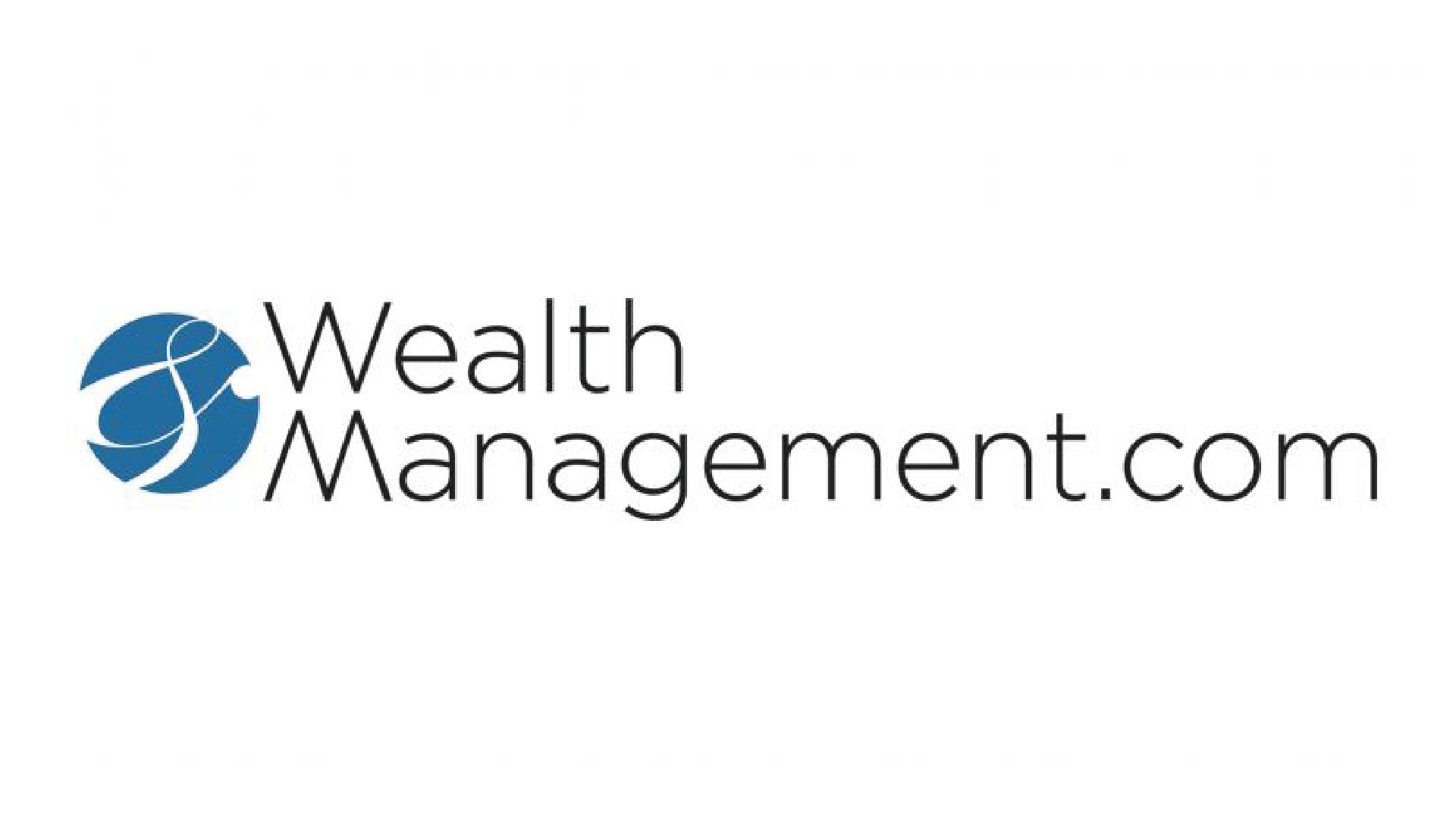Tom Harms, Partner and Chief Operating Officer at Summit Trail Advisors, a firm with 5 offices across the country, had this to say: “We are lucky – with so many office locations, we are used to communicating with one another virtually. As a test of our Business Continuity Plan, we have asked all employees twice a year to work from home and confirm they can access all systems and perform their normal duties. About a month ago, we alerted staff in all locations to prepare for a remote scenario…Seattle was the first branch to go remote. At that time, we allowed staff in all other branches to work from home, if they could (and felt compelled to). As cities across the country began to lock down, we found it relatively seamless to move our firm to 100% remote about two weeks ago. Now we are focusing on increased communication with extra video calls for the entire firm.”
In speaking with firms in the process of transitioning their teams and business operations to everyone’s homes, it became clear that one of the top priorities was ensuring constant and reliable communication among the firm’s teams. Stacey McKinnon, Chief Operating Officer at Morton Capital in Calabasas, CA shared this Instagram message from Simon Sinek with her team:
https://www.instagram.com/tv/B9wxcMrnfBj/?igshid=qrf8bf1p836s.
She has instituted Zoom “huddles” with all her team leads every three days and has instructed those team leads to perform daily huddles with their respective teams. She says, “This has been very successful as they check in on capacity and projects. Because the regular workload has slowed for our client service team, we are having them use this time to record training videos for future new hires. Our advisors are also leveraging technology to track client interactions so that they are proactively reaching out during this time of extreme volatility, rather than being reactive.”
Gary Bonner is Partner and Chief Operating Officer at Avalon Investment & Advisory, an RIA with two Texas locations. Gary has been able to leverage some of the lessons learned during Hurricane Harvey back in 2017 – he says, “Our BCP worked well then, but the one outstanding issue was our onsite phone system. At the time, we just forwarded our Houston phones to the San Antonio office during that disaster. Since then, we moved our phones to a cloud-based provider. I’m currently sitting in my home office with my desk phone plugged in and I can be reached as if I was sitting in the office. We’re also running our reporting and trading software ‘in the cloud,’ which allows our middle office teams to serve our clients’ and portfolio managers. Other than not seeing my colleagues in the office, things are working great. We are using Zoom for client and team meetings.”
Lucas Winthrop, Chief Operating Officer at Winthrop Wealth Management in Boston, has also leveraged his experience with a prior disaster to better ready his firm for today’s crisis, when Winthrop Wealth’s offices were destroyed in a fire last year. Lucas says, “With our office fire in June of 2019 and now, the global coronavirus pandemic, applications in our integrated tech-stack such as Microsoft Teams allow for our team to stay connected internally with a high degree of collaboration and security via video and chat. Our VOIP phone system forwards directly to our mobile phones with the toggle of a mobile phone app. Our CRM allows us to keep up-to-date on the fly and keep all team members focused with full transparency into status of client activity such as cases, tasks, or other client related projects.”
Heather Fortner is a Partner, Chief Compliance Officer, and Chief Operating Officer of SignatureFD, with offices in Atlanta, GA and Charlotte, NC. Their 86 employees made the move to remote work relatively quickly and easily, as the firm has allowed every employee to work from home once a week prior to these current events, granted they could confirm basic office supplies in their home offices (printer, scanner, shredder, etc.). The firm was already working through Office 365 and had OneDrive in place for secure document sharing, so employees are not saving documents to their personal computers. Everything is saved in publicly-available folders and drives. As the firm’s COO, Heather feels she has the perfect opportunity to play “utility player” for the rest of the organization, as team members are fighting to care for clients during a volatile market, and care for their families who are quarantined at home with them. “I’ve had the privilege to clear my calendar and prioritize my day so I can float from team to team and fill in wherever I’m needed most, from one day to the next. I don’t think anyone but the COO has the visibility across the firm to play ‘safety’ – we have a unique ability to go wherever we are needed most!”
These COOs have leveraged their past experiences to tackle the current environment head on. Firms need to recognize that now is not the time to create an ideal business continuity plan; emphasis should be placed on simply staying functional and utilizing what is currently available to the firm with as few unnecessary changes as possible. Hopefully this forced remote situation will open the eyes of other COOs and allow them to build more stable and robust disaster recovery plans, and not just documents.
This article originally appeared on WealthManagement.com.

